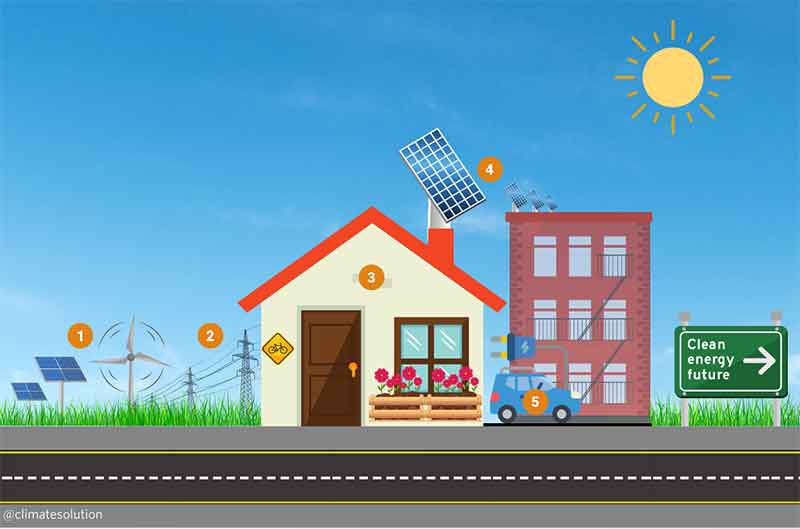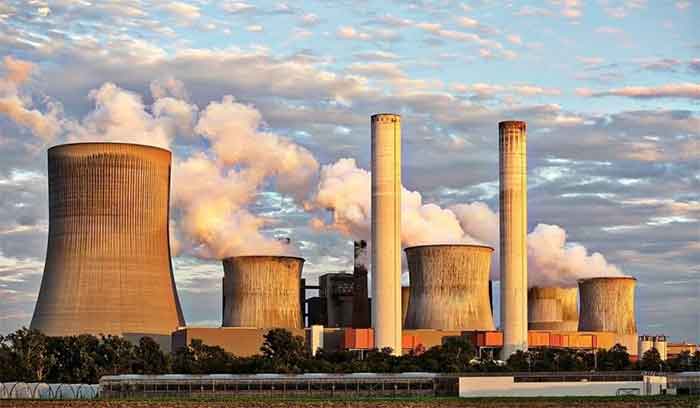
The 4th Assessment Report of the Inter-governmental Panel on Climate Change released in 2007, unambiguously states that climate change is not gender-neutral and women experience it differently than men.News reportsabound of exacerbated effects of climate change on women in the poorer and vulnerable parts of the world. It is a well-documented fact that globally women constitute the majority of the poor. They have lower literacy rates, lesser job security, marginal landownershipand carry a disproportionate burden when it comes to caregiving, undertaking domestic chores, and working in the fields. Cultural restrictions and patriarchal norms act as further disadvantage in their everyday lives.A purportedly minor effect of climate change such as the drying up of a well or pond can aggravate everyday drudgery for women dependant on natural resources, whereas in serious situations such as weather related natural disasters, traditional care giving roles restrict their ability to migrate. Women, thus, are more vulnerable than men in the face of climate change.
A perusal of the National Action Plan on Climate Change, several State Action Plans on Climate Change, and National Missions on Climate Change, reveals that women have received just a fleeting mention of their increased vulnerability in the wake of climate change and the Plans lack concrete gender sensitive and gender inclusive measures.The Nationally Determined Contributions (NDCs) i.e. emissions mitigation plans submitted by India under the Paris Agreement take due note of the need for and importance of adaptation, but ‘gender equality and women empowerment’ are cursorily mentioned. Disappointingly, this is indicative of apathy towards women in the climate change discourse in India. For a predominantly agriculture based economy with approximately 650 million people directly dependant on agriculture out of which 98 million are women, appropriate gender responsive solutions are crucial. Several million women are also involved in fishing for their livelihoods and are at risk due to rising sea level, saline water intrusion in fresh water sources and extreme weather events.
But if women are disproportionate victims of climate change, they also hold solutions to the problem. Women’s participation can alleviate some of the impacts of climate change and help adapt to what is unavoidable. Many women experience climate change first-handbut fail to understand it. Therefore, awareness is the first step towards mitigation and adaptation – both for women at thecommunity level and for policy makers.
Most research vis-à-vis women and climate change is centred on women’s vulnerability and little thought has gone into the aspect of adaptation.Questions that need to be dealt with at the policy making level include climate and terrain-specific issues relevant to the place under consideration – mountains, plains, semi- arid, arid or coastal areas. Other issues that warrant examination are women’s coping and resilience techniques, access to and ownership of resources, and control over decision making. Since women possess a deep knowledge and experienceof local resources and sustainable practices, especially at the household and community level, it is an appropriate place to begin. To illustrate, women in West Bengal have gone back to sowing locally available traditional varieties of paddy instead of high yielding varieties provided by the government. This protects the crop from withering during dry spells and helps itbecome tolerant to water logging during heavy rains or cyclones.
Such local knowledge must be integrated practically in Climate Change Plans and Missions already in place at the regional and national levels, or in new policies or laws as the need may be. Special attention must be given to ensure that adaptive polices and their implementation are in line with the needs ofwomen who are at risk.
Developing capacity and leadership among women is essential to put policy into practice. Since gender is a relatively new issue in the field of climate change, this requires participation of all stakeholders including governments, civil society, non-governmental organisations (NGOs), women’s groups, local leaders, and even businesses.Capacity building can take many forms such as gender sensitisation programs for both men and women, targeted leadership training for women, equal access to information, resourcesand their benefits, easy access to credit facilities for women farmers, etc. Here NGOs and women’s groups can play a special role because of their extensive grass roots level experience and interaction.
Technology is another important area for empowering women. A seemingly simple switch from an energy inefficient fire wood or bio mass fuel to clean solar powered cookers and heaters is capable of transforming lives and has already done so in many places.
Large businesses can also contribute towards women’s empowerment and environment under their corporate social responsibility programs.
Pertinently, the Paris Agreement brings the adaptation aspect of climate change at par with emissions mitigation. It stresses that adaption action by countries should be, amidst other things, gender-responsive and participatory and should appropriately draw upon traditional and local knowledge systems. Countries are under obligation to undertake adaptation planning and implementation, and periodically communicate it to the UN. At the recently concluded 22nd UN climate conference, in Marrakech, countries adopted a keydecision on gender and climate change which urges parties to mainstream the gender perspective in all activities and decision making pertaining to climate change and inform the UN of the same.
Climate justice was the clarion call issued by India when the Paris Agreement was adopted last year. But climate justice is incomplete without women as equal partners and decision makers. The gender dimension is all but absent from the climate change discourse in Indiaand must be moved to the foreground.
Zeenat Masoodi is a lawyer living in Srinagar, also a COP 22 online fellow for Climate Tracker Email: [email protected]













































